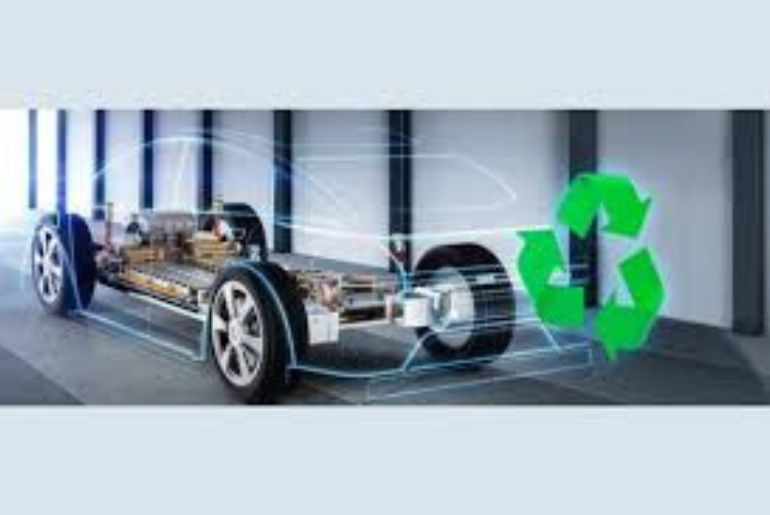Electricity is used to charge electric vehicles (EVs), which run on batteries and emit no pollutants. Due to a number of causes, including affordability, environmental concerns, and growing gasoline prices, they are currently in high demand in the market.
For example, farming operations use electric farm tractors. Since it doesn’t release any toxic gases like a conventional tractor does, the environment is kept pollution-free.
The arrangement of EV batteries
The main component of EV batteries in a Battery Management System (BMS) is lithium ion, which has a long lifespan, is rechargeable, and discharges at a slow rate. By keeping the battery from overcharging and overheating, it guarantees safety. Lithium ion battery demand has surged in tandem with developments in renewable energy sources. Battery disposal, however, raises issues because it produces e-waste and may be harmful to the environment, poisoning water and soil. As a result, recycling batteries becomes essential.
Recycling of EV Batteries
Battery recycling for electric vehicles is the process of removing important components from batteries, such as lithium, aluminium, cobalt, and nickel, and using those resources to make new batteries. The battery is initially examined for condition before being shipped to the recycling facility.
It involves the following steps:
- Disassembly of the parts and components of the battery.
- Preprocessing is essential for separating different components.
- removal of valuable materials for recycling.
- Reusing the materials.
The necessity of sustainability
The use of resources in the present while making sure they are conserved for future generations is known as sustainability. However, considering the current situation, the demand for fossil fuels has increased due to population growth and vehicle purchases. It is more expensive since there is a greater demand and a smaller supply. As a result, there was a noticeable change towards electric cars. Along with private automobiles, battery-powered motors are also becoming more common in public transportation systems like buses and trains. The vehicles are charged using renewable resources like solar and wind, which lowers the carbon footprint overall. As a result, environmental contamination has decreased, further achieving sustainability objectives.
Closing the Sustainability Loop for EVs
Closing the Loop is the process of creating a lifetime in which a battery’s valuable materials are removed at the end of its useful life and recycled or repurposed to create new batteries or other related products. Many recycling facilities throughout the world have begun using these methods. As long as metal parts made of lithium, cobalt, nickel, and other elements can be recycled to create new batteries, this cycle will continue.
Even if there aren’t as many battery recycling facilities, as people realise how important batteries are, they will be used more effectively, which will benefit the environment.
Research and development spending will result in creative battery recycling methods that ultimately provide safe disposal without endangering the environment.
The way towards sustainability has been cleared by the government’s efforts to recycle batteries. Policies can be developed appropriately by taking into account the budget, assessing the risks involved in this process, and recording appropriate rules and regulations.
Restrictions
Battery recycling has some restrictions even though it is essential.
- High Upfront Costs: Recycling requires skilled labour, which raises the upfront costs of the infrastructure and technology.
- Complexity: Lithium extraction from the battery is a laborious and intricate procedure.
- Safety Concerns: Because material extraction requires disassembling parts and components, which is dangerous, safety measures are required.
- Economic factors: Variations in the price of raw materials affect the final product’s cost.
- Infrastructure: As more EV batteries are retired, more recycling facilities are needed. There are currently very few of them, which causes the recycling process to slow down.
Final Thoughts
Resource sustainability is the result of the substantial reduction in environmental pollution brought about by the use of EVs and the recycling of EV batteries. Nonetheless, people need to be made aware of how important battery recycling is. In this sense, the government is enacting new laws that will benefit the populace as well as ensure a sustainable future.
Battery recycling has some restrictions, but by setting up training sessions for staff members in the recycling unit under the supervision of an expert, it is possible to help them adjust to the new technology.
To sum up, EVs have taken over the auto industry, and batteries are being recycled for fresh manufacturing.

